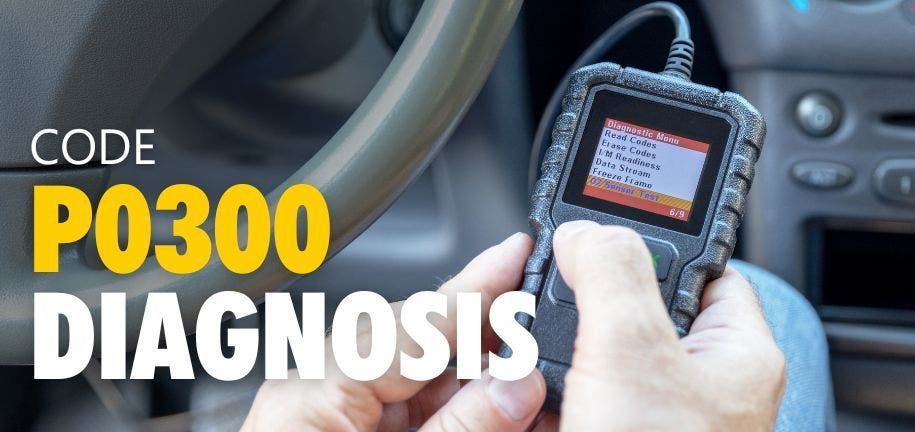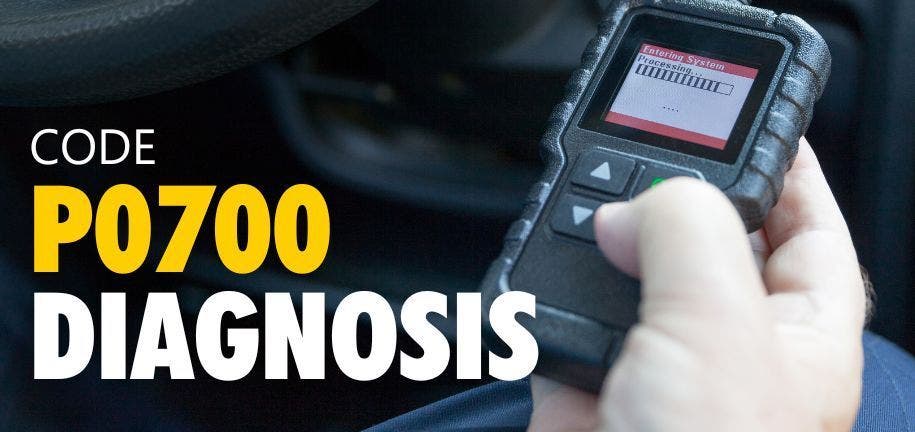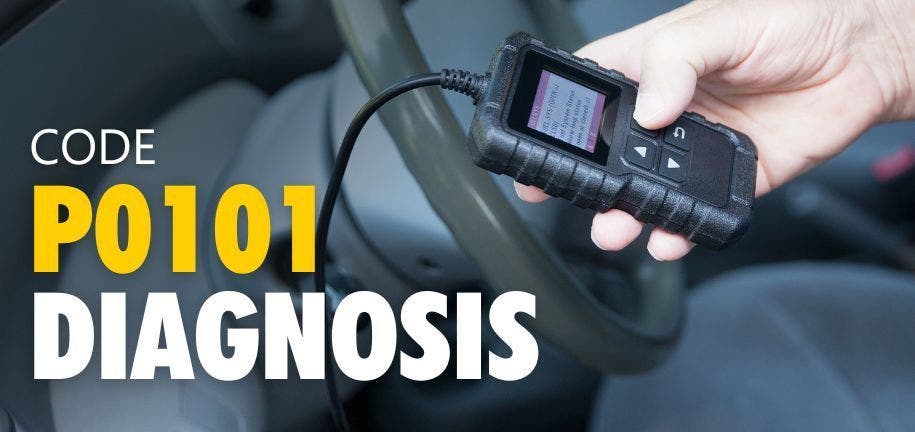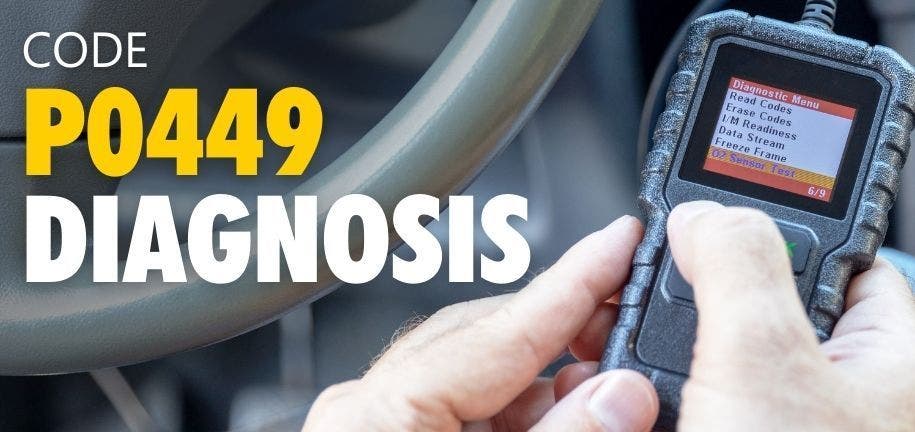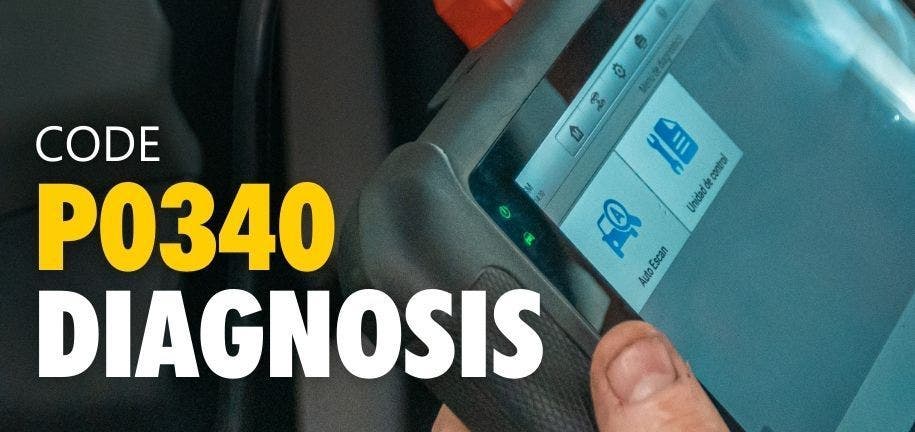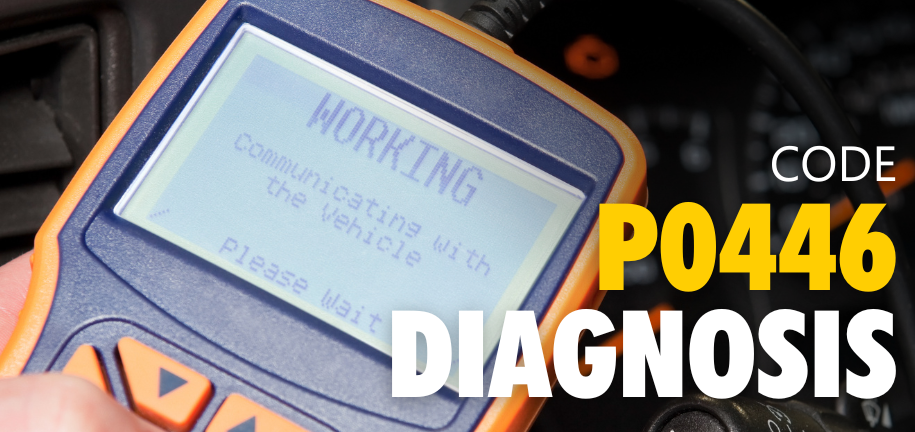Code P0135 is a diagnostic trouble code (DTC) that indicates a problem with the oxygen sensor heater circuit. The oxygen sensor heater is responsible for heating up the oxygen sensor quickly so that it can start sending accurate signals to the engine control module (ECM). The ECM uses these signals to adjust the air-fuel mixture to ensure that the engine is running efficiently.
What causes code P0135?
There are a number of possible causes for code P0135, including:
- A faulty oxygen sensor
- A problem with the wiring to the oxygen sensor
- A blown fuse or relay
- A vacuum leak in the exhaust system
- A faulty ECM
Symptoms of code P0135
The symptoms of code P0135 may vary depending on the severity of the problem. In some cases, there may be no noticeable symptoms. However, in other cases, the vehicle may experience:
- A check engine light illuminated
- Decreased fuel economy
- Poor performance
- Rough idle
- Increased emissions
How to fix code P0135
The first step in fixing code P0135 is to diagnose the cause of the problem. This can be done by connecting a scan tool to the vehicle's OBD-II port. The scan tool will display the code and any other relevant information.
Once the cause of the problem has been diagnosed, the appropriate repairs can be made. If the oxygen sensor is faulty, it will need to be replaced. If there is a problem with the wiring to the oxygen sensor, the wiring will need to be repaired or replaced. If a fuse or relay is blown, it will need to be replaced. If there is a vacuum leak in the exhaust system, the leak will need to be repaired. If the ECM is faulty, it will need to be replaced.
Honda and Chevy specific information
For Honda and Chevy vehicles, code P0135 is often caused by a faulty oxygen sensor. The oxygen sensor is located on the exhaust manifold, which is on the front of the engine.
To access the oxygen sensor, you will need to raise the vehicle on jack stands and remove the undercarriage shield. Once the shield has been removed, you should be able to see the exhaust manifold and the oxygen sensor.
To replace the oxygen sensor, simply disconnect the electrical connector and unscrew the sensor from the exhaust manifold. Be careful not to burn yourself on the hot exhaust manifold. Once the old sensor has been removed, install the new sensor in reverse order.
If you are not comfortable replacing the oxygen sensor yourself, you can take your vehicle to a qualified mechanic.
Ready to upgrade your vehicle or make essential repairs? Head over to Partshawk now and explore our wide range of high-quality automotive parts. Don't wait – give your vehicle the care it deserves! Click here to shop now.





